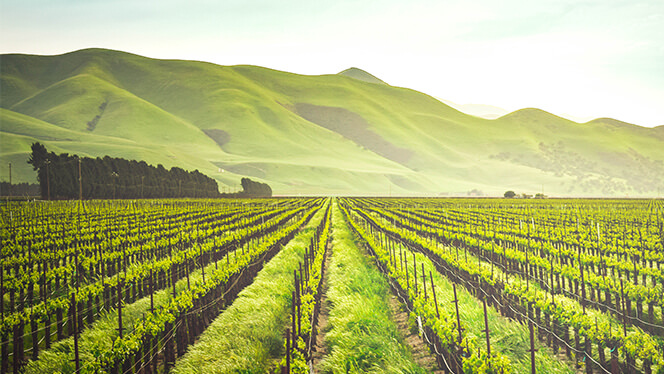Sustainability in Agriculture



Introduction
As UC Davis puts it, “the goal of sustainable agriculture is to meet society’s food and textile needs in the present without compromising the ability of future generations to meet their own needs.” Sustainable agriculture also seeks to do things such as increase economic success. As agriculture is something we all rely on, steps to make agriculture more sustainable is one we can all take part of, whether we’re growing/developing the product, processing the product, or buying the product. There are many subtopics under this wide umbrella (such as energy conservation, water use efficiency, pest management, etc.) and each comes with its own set of successful and controversial traits.
Simple Methods of Sustainable Agriculture
One example of a “simpler” method of sustainable architecture is biodynamic farming, where all the organisms support the others in various ways. For example, if certain animals are allowed into a crop field, they may help reduce pests because they consume them, and their waste would fertilize the soil. If this were the case, the farmer would not have to spread manure with machinery and would not have to use pesticides as heavily. Of course, there are limitations. Some animals may destroy crops, and certain pests may still require the use of pesticides because an animal does not consume them. Another example of a “simpler” method is polyculture. According to GreenTumble, this involves growing multiple crops in one area that compliment or help sustain each other. This is commonly practiced with maize, beans, and squash, a trio that has even been named “the Three Sisters.”
More Elaborate Methods of Sustainable Agriculture
There are other more technologically advanced methods of sustainable agriculture, including hydroponics and aquaponics and urban agriculture. To start with, hydroponics is “a way to skip the soil, sub in a different material to support the roots of the plant, and grow crops directly in nutrient-rich water” (Vertical Roots). An advantage with this system is that there is actually less water consumption, as growing crops with this method often means there is less water evaporation. Aquaponics combines hydroponics with raising aquatic organisms. For example, a hydroponics system may sit on top of a fish tank, where the fish waste fertilizes the plants and the plants in return help recirculate water for the fish. Urban agriculture is, simply put, farming in an urban setting. This often involves rooftop or balcony gardens and vertical gardens (which often uses hydroponics).
Controversy
Like with sustainable architecture, some methods of sustainable agriculture face the problem of trading off one unsustainable thing for another. This becomes an issue more with the “elaborate” sustainable agriculture methods. One example of this would be with the vertical gardens. While the idea is certainly helpful in many ways, it sometimes involves higher electricity consumptions. Similarly, with hydroponic agriculture often being done indoors, artificial light is needed, causing a higher electricity consumption. Because of these things some argue it is not worth it to pursue methods of sustainable agriculture that don’t really have much of an environmental benefit. Others argue that a process can continue to be developed, or that sustainable agriculture is not entirely about the environmental benefits either. Sustainable agriculture also refers to increased productivity and more positive economic benefits, so while methods like hydroponics may not be entirely better for the environment, it an increase productivity.
Conclusion
As with my previous post on sustainable architecture, sustainable agriculture faces issues related to environmental benefit in various ways. Many of the methods of sustainable agriculture also involve moving back to using less machinery, which means greater environmental benefit but less productivity in many cases. There are smaller things each of us can do to help agriculture become more sustainable. The consumer plays a huge role in sustainable agriculture. You can even do your part but planting your own smaller garden, as many of the sustainable methods work well when done at a small scale. While the argument about the best way to move forward with sustainable agriculture is still being debated, there has been a lot of progress.
Images:
https://solarimpulse.com/sustainable-agriculture-solutions
https://www.asyousow.org/blog/2020/8/31/sustainable-agriculture-solution-industrial-agriculture
https://www.tompkinscortland.edu/academics/programs/sustainable-farming-and-food-systems
Sources:
https://sarep.ucdavis.edu/sustainable-ag